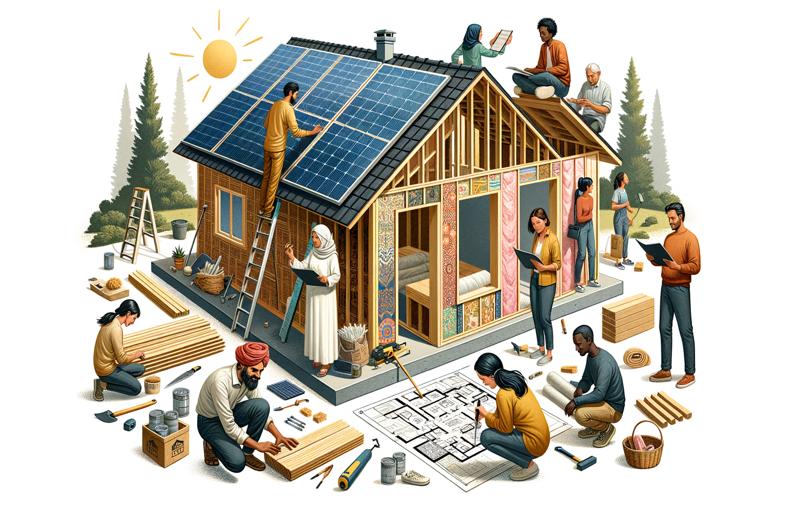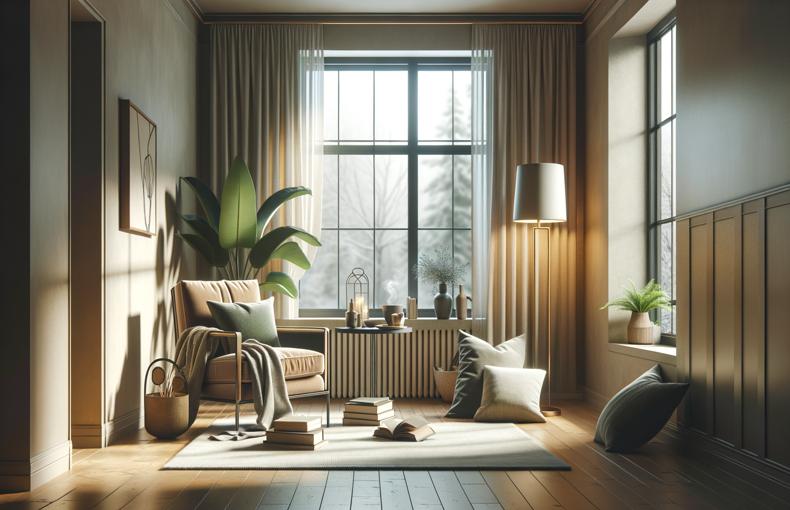Budget-Friendly Custom House Plans: Tips and Tricks
Designing your dream home doesn’t have to break the bank. With thoughtful planning, smart choices, and the right resources, you can create a beautiful and functional custom house without overspending. Here are some valuable tips and tricks to help you achieve your dream home on a budget.
1. Start with a Clear Budget
Before you dive into the design process, establish a clear budget. Knowing how much you can afford will guide your decisions and prevent overspending. Break down your budget into categories such as design, materials, labor, and unexpected expenses.
2. Opt for a Simple Design
Complex architectural designs with intricate details often come with a higher price tag. Choose a simple, efficient design that meets your needs without unnecessary frills. A compact, well-designed floor plan can be just as stylish and functional as a larger, more elaborate one.
3. Use Cost-Effective Materials
Consider using alternative building materials that are durable yet budget-friendly. For example:
- Concrete blocks: These are affordable and provide excellent insulation.
- Reclaimed wood: This not only saves money but also adds a unique, rustic charm to your home.
- Engineered wood: A cost-effective alternative to traditional hardwood, offering durability and aesthetic appeal.
4. DIY Where Possible
If you have the skills and time, consider taking on some of the work yourself. Tasks like painting, landscaping, and installing fixtures can be done without professional help, saving you a significant amount of money.
5. Hire a Professional Designer
While this might seem counterintuitive for saving money, a professional designer can help you avoid costly mistakes. They can also suggest cost-effective materials and methods you might not be aware of. Many designers offer affordable consulting services or package deals.
6. Shop Around for Contractors
Don’t settle for the first contractor you meet. Get multiple quotes and check references. Look for contractors who offer quality work at a reasonable price. Websites like Angi (formerly Angie’s List) and HomeAdvisor can help you find reliable contractors in your area.
7. Buy in Bulk
Purchasing materials in bulk can lead to significant discounts. Consider joining a builder’s association or cooperative that offers bulk buying options. Websites like Builders FirstSource and ABC Supply offer bulk purchasing options for building materials.
8. Consider Prefabricated Elements
Prefabricated components like wall panels, trusses, and even entire rooms can save time and money. These elements are manufactured off-site and then assembled on-site, reducing labor costs and construction time. Companies like Blu Homes and Method Homes specialize in prefabricated home components.
9. Explore Energy-Efficient Solutions
Investing in energy-efficient solutions can save you money in the long run. Consider:
- Insulated windows and doors: These reduce heating and cooling costs.
- Energy-efficient appliances: They might have a higher upfront cost but will lower your utility bills over time.
- Solar panels: While initially expensive, they can significantly reduce or even eliminate your electricity bills.
10. Stay Organized
Keep track of all expenses, receipts, and contracts. Staying organized helps you stick to your budget and avoid unexpected costs. There are many budgeting apps and software like Mint and You Need a Budget (YNAB) that can help you manage your finances effectively.
Conclusion
Building a custom home on a budget is entirely possible with careful planning and smart choices. By following these tips and leveraging the resources mentioned, you can create a beautiful, personalized space without overspending. Happy building!












